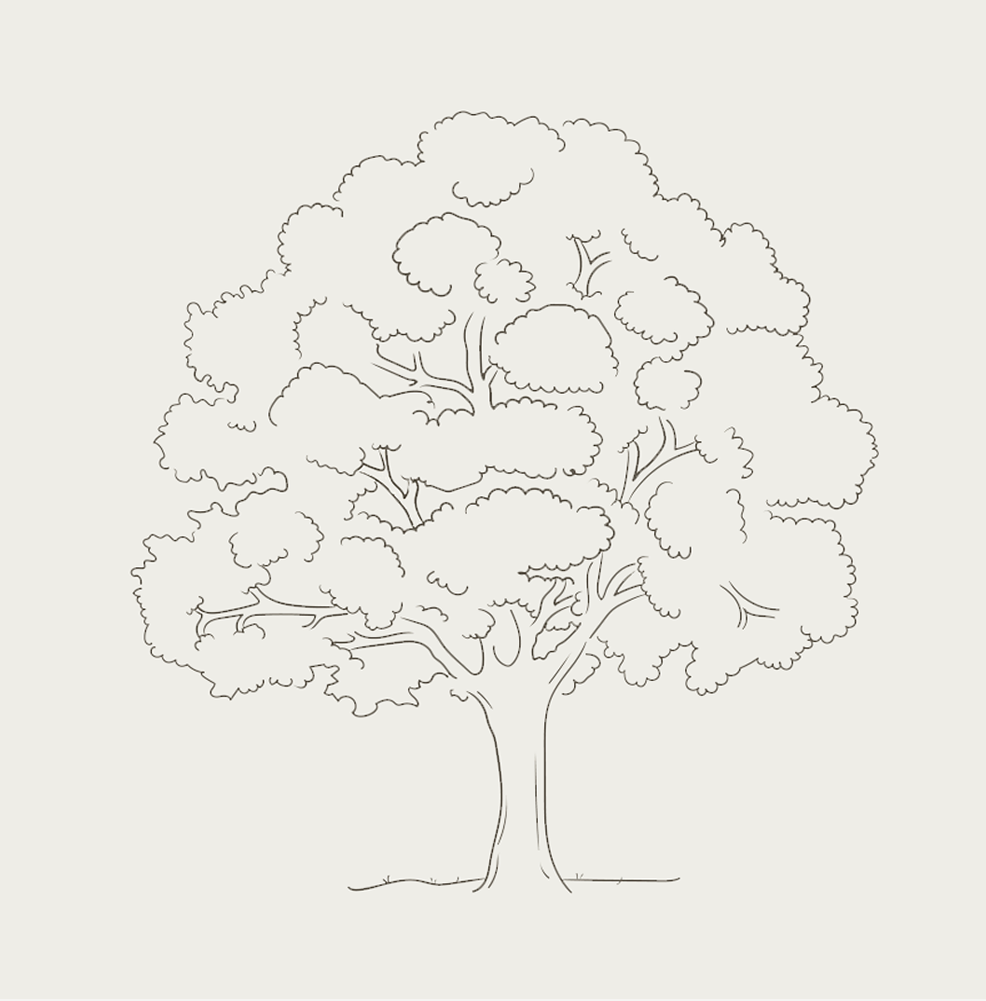Fagus Trees: Majestic and Timeless.
Fagus trees, or beeches as they’re commonly known, are some of the most magnificent and stately trees you can bring into a garden. Known for their smooth, grey bark and broad canopy, Fagus trees add an undeniable elegance to the landscape, creating a sense of grandeur wherever they’re planted. Whether as a large specimen tree in a spacious garden or as a beautifully structured hedge, beeches provide a timeless charm that enhances any outdoor space. Their strong form and classic shape make them an ideal choice for those looking to add a sense of history and permanence to their garden.























